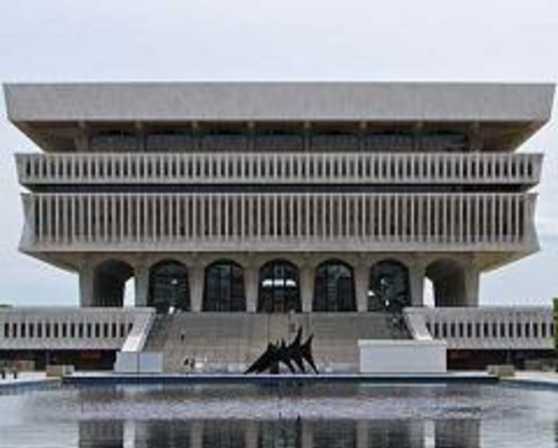The talk will focus on how historical archaeology can aid in understanding the lives of enslaved people in the Hudson Valley. Old collections at the New York State Museum are valuable tools for providing fresh insights into the examination of slavery in New York. He will first explore the role of these material objects in the transatlantic slave trade. Second he will look at how these same objects within specific archaeological assemblages. By looking at the local context it’s possible to see how these objects once used in the brutality of the slave trade could be re-interpreted as symbols of liberation, freedom, autonomy, and resistance.
Michael, Lucas is the Curator of Historical Archaeology at the New York State Museum in Albany. Previously he had worked at the Maryland-National Capital Park and Planning Commission, Prince George’s County, MD. His 2019 publications are “One Family’s Struggle to maintain its Privileged Heritage at Van Schaick Island, Cohoes, New York: 1760-1852,” The Bulletin: Journal of the New York State Archaeological Association, No. 133 and “Charles Town: The Anatomy of a Public Place in Early Tidewater Maryland,” in The Archaeology of Colonial Maryland: Five Essays by Scholars of the Early Province, edited by Matthew D. McKnight, Maryland Historical Trust Press, Crownsville. He received his Ph. D. in American Studies from the University of Maryland.



I look forward to hearing the presentation on Jan26th.